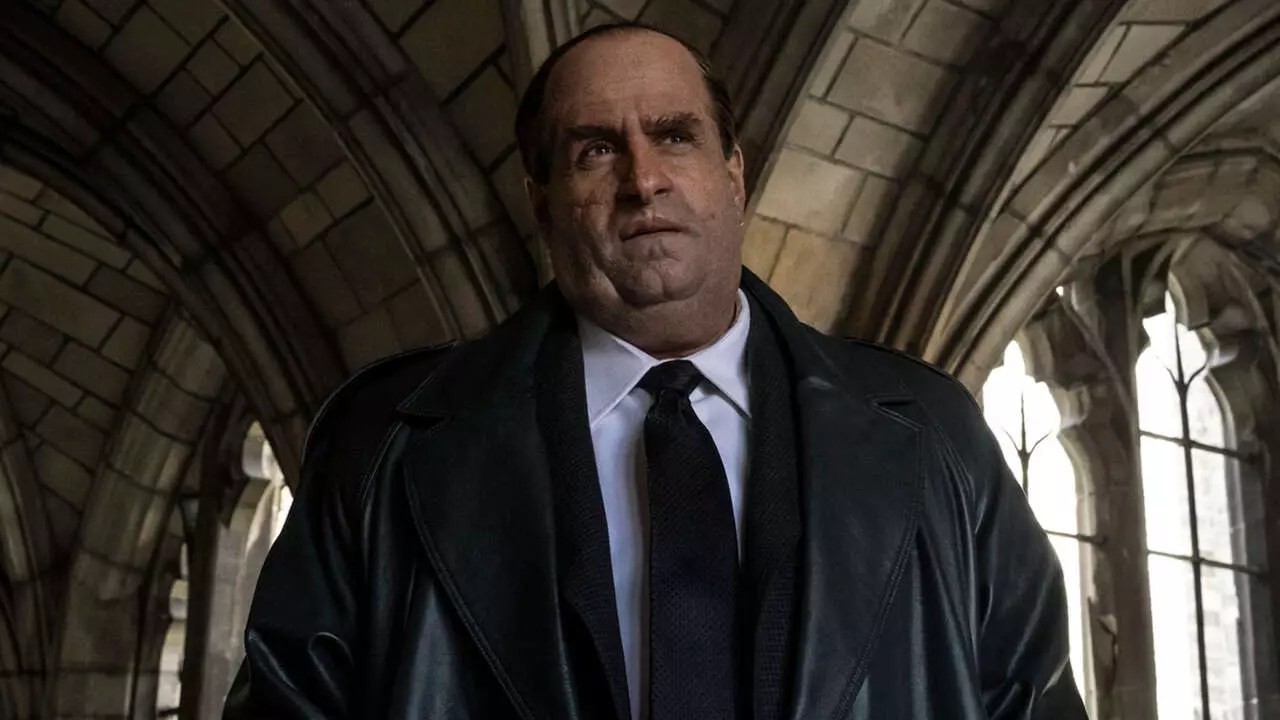In the latest episode of *The Penguin*, released on October 6, viewers are introduced to an exhilarating yet troubling new drug in Gotham City: Bliss. This drug takes center stage following a chaotic landscape left by the demise of notorious mob boss Carmine Falcone and the ensuing unrest in his family’s criminal empire. The introduction of Bliss not only serves as a plot device but also invites viewers to reflect on the darker themes of addiction and desperation in a city plagued by crime.
Bliss presents itself as a potent replacement for the erstwhile epidemic drug known as Drops, favored by the “Drop-heads” plagued by their own tumultuous existence. This transition from Drops to Bliss reveals how quickly the criminal underworld adapts to meet the compulsive demands of its users. The drug’s overt allure lies in its distinct red crystalline appearance, conjuring images of both beauty and danger, two elements intertwined in the fabric of Gotham’s Gothic narrative.
In a brilliant twist, *The Penguin* grounds its fictional drug in real-world biology by integrating a species of fungus known scientifically as *Hydnellum peckii*, or colloquially as Bleeding Tooth Fungus. The choice of this particular fungus serves as a metaphor for the allure and risk associated with drugs; while the fungus is visually stunning, it is also a reminder of nature’s trepidation—its bloody appearance invites intrigue while simultaneously suggesting danger. The creators of the show cleverly use this fungus to stimulate conversations around the intersection of pharmacology and dependency.
The explore of mushroom cultivation in urban environments, represented through the show’s grow room scene, is reflective of actual trends in mycology. This scene bridges the audience’s understanding of both the fantastical and the disturbingly plausible nature of drug production in contemporary urban settings. The fungus excretes a crimson fluid that, while not psychoactive, has blood-thinning properties comparable to common pharmaceutical interventions like Heparin. Thus, writers have knitted a thread of realism into their narrative, urging an examination of how drugs can have multifaceted roles in society—not just as mind-altering substances but as complex biological entities.
As we delve into the manufacturing process of Bliss, it becomes clear that its creation mirrors the chaotic environment of Gotham itself. The visual of the fungus growing amid hanging garbage bags epitomizes how beauty and filth coexist in this urban landscape. This stark contrast captures the heart of Gotham’s narrative—the prevailing sense of decay amidst aspiration. It’s a commentary on the city’s inhabitants who, like the fungal growth, struggle to survive in dire circumstances.
The show’s depiction of the drug’s source culminates into a larger theme regarding the nature of hope and desperation, encapsulated in the character arcs surrounding the Falcone family. As they navigate the aftermath of Falcone’s death and the upheaval instigated by the Riddler’s bombing, the drugs serve as both a literal and figurative lifeline for various characters in their quest for security and power amid perpetual turmoil.
Ultimately, the rise of Bliss in *The Penguin* calls into question how societal issues surrounding addiction, power struggles, and crime can stretch far beyond the criminal underbelly. The drug illustrates a cyclical nature of dependency and ambition, as it pulls users deeper into a life that dangles hope but often delivers despair. The push and pull of power dynamics within the drug trade mirrors Gotham’s status as a character suffering from moral decay.
The introduction of Bliss sets a new narrative course for *The Penguin*, bridging themes of reality and fiction that reflect broader societal issues. As we plunge deeper into the allegorical undercurrents of Gotham’s drug epidemic, viewers are left to ponder the intricate relationships between desperation, survival, and the human condition itself. With each episode, Gotham becomes an even darker and more complex entity, forcing audiences to confront uncomfortable truths nestled within its engaging storyline.


Leave a Reply